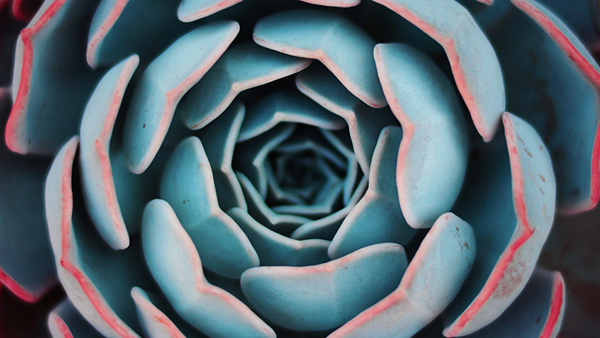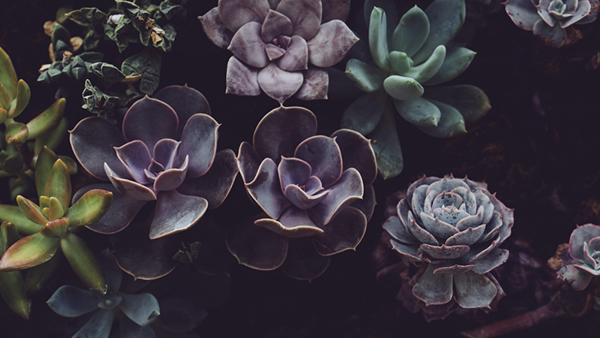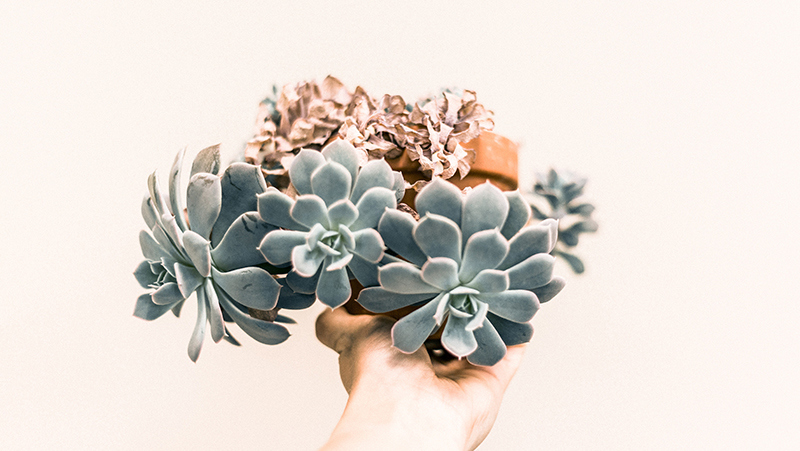Yates Account
Join now
Create a Yates account today!
Sign up to join the Yates Garden Club for monthly e-mails packed with seasonal inspiration, tips for success & exclusive promotions.
Plus if you’re a Garden Club member you can take part in the Yates Growing Community - a blog to share successes, get advice & win prizes in fun challenges along the way!

Forgot password
Enter the email address associated with your account, and we'll email you a new password.

Echeveria or as they’re commonly known as ‘Hens & Chicks’, are a group of neat, compact rosette-forming plants looking especially attractive in pots or hanging baskets. The overlapping leaves may be green, blue to grey, or silver, many with pink flushes. Flowers are held on tall stems high above the foliage and are bell-shaped, mostly red, yellow or orange and flower during late winter to summer. Echeverias multiply rapidly and grow easily from cuttings.
How to grow echeveria in your garden
- Choose a sunny spot with well drained soil. Enrich the soil with Yates Thrive Natural Blood & Bone with Seaweed. In areas with heavy or clay soil, to help improve soil structure and drainage, add gypsum and mix in well.
- Dig the planting hole twice as wide and to the same depth as the root-ball. Remove the plant from the container, gently tease the roots and cut away any circled or tangled roots.
- Position in hole and backfill with soil, gently firming down. Form a raised or doughnut shaped ring of soil around the outer edge of the plant's root zone. This helps keep water where it's needed. Always water in well after planting to settle the soil around the roots and keep the soil moist for several weeks while the new plant establishes.
- Mulch around the base with organic mulch like bark chips, woodchips or pea straw, keeping it away from the trunk.
- Water deeply, once or twice a week, depending on weather conditions.
- Feed in Autumn and Spring with Yates Thrive Natural Fish Seaweed+ Plant Food Concentrate to promote strong root development, healthy colourful foliage & flowers.


How to grow echevaria in a pot
- Pick a variety that can be grown in a pot. Choose a pot at least twice the width and depth of the rootball. Position in full sun.
- Fill chosen pot with quality potting mix, such as Yates Thrive Cacti Succulent Potting Mix. Remove the shrub from the container, gently tease the roots and cut away any circled or tangled roots.
- Position in hole in centre of pot and backfill with potting mix, gently firming down. Water in well.
- Water deeply, once or twice a week, depending on weather conditions.
- Feed in Autumn and Spring with Yates Thrive Plant Food Spikes Cacti & Succulents to promote strong root development, healthy colourful foliage and flowers.

Growing tips
- Some hybrid varieties are known as ‘painted ladies’, as their leaf margins are deep pink to red and crinkled or wavy.
- Most varieties lose their lower leaves in winter so after 3-5 years, they can be less attractive and need to be re-planted or propagated. If the old, dying leaves are not removed they may start to decay causing fungal problems.
- Can be propagated by division, stem cuttings or leaf cuttings. Place divisions and cuttings in a moist coarse sandy propagating mix with minimal irrigation until they show signs of growth. Then re-plant into your garden bed or container.
Zygocactus come in many colours and put on one of the most striking floral displays of any plant.
Yucca
Yuccas are striking plants that make a strong impact in the garden. Flowers are commonly white & held on strong stems above the foliage.
Rhipsalis
There is no plant like the Rhipsalis with long cascading green stems create an instant green waterfall wherever they are placed in the home.
Pig Face
Pigface provide an abundance of bright and cheerful flowers in Spring, they also play an important role as a soil stabiliser around our beaches.
Recommended products
Yates Thrive Natural Blood & Bone with Seaweed
A certified organic garden input boosted with NZ Seaweed to gently nourish plants, enrich the soil and encourage a strong healthy root system.
Yates Thrive Natural Fish & Seaweed+ Plant Food Concentrate
A complete plant food enriched with natural fish, seaweed, humates, molasses and more - boosted with NPK to improve plant and soil vitality.
Yates Thrive Cacti & Succulent Potting Mix
Specifically formulated for the successful growing of cacti and succulents, both indoors in pots and outdoors in the garden bed or pots.
Yates Thrive Plant Food Spikes Cacti & Succulents
Yates Thrive Plant Food Spikes Cacti & Succulents are specially designed to feed your cacti & succulents where they need it most, at the roots.
















Share
Share this article on social media